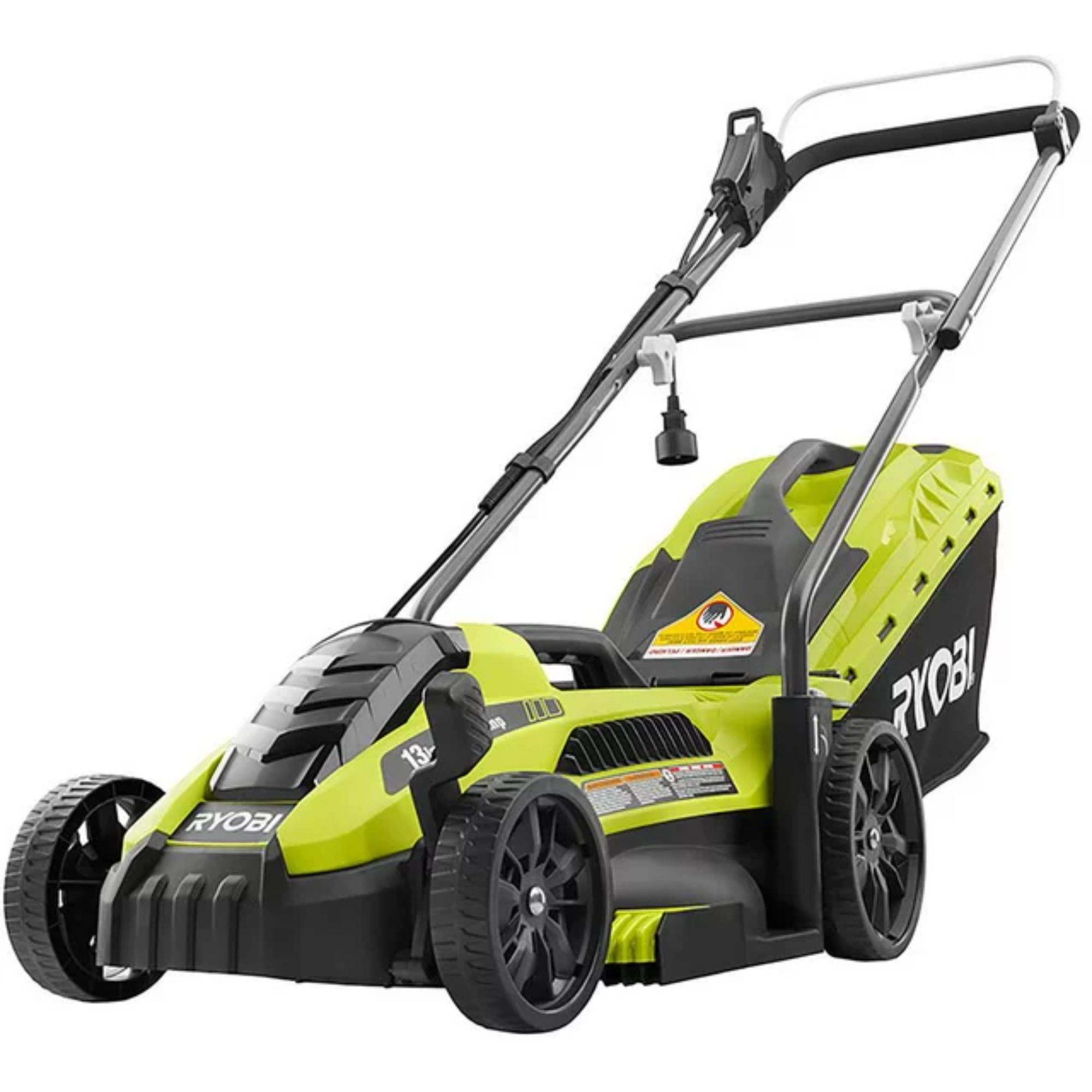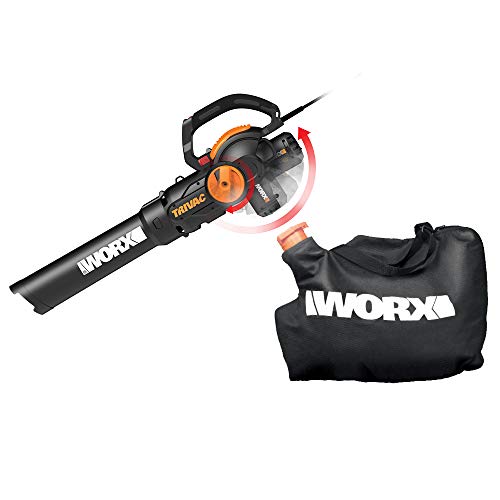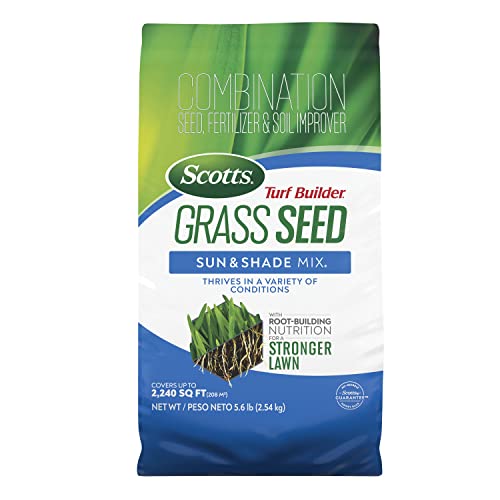This is when to make your final mow of the year before winter sets in – for the healthiest lawn next spring
How to get the timing just right for optimal grass
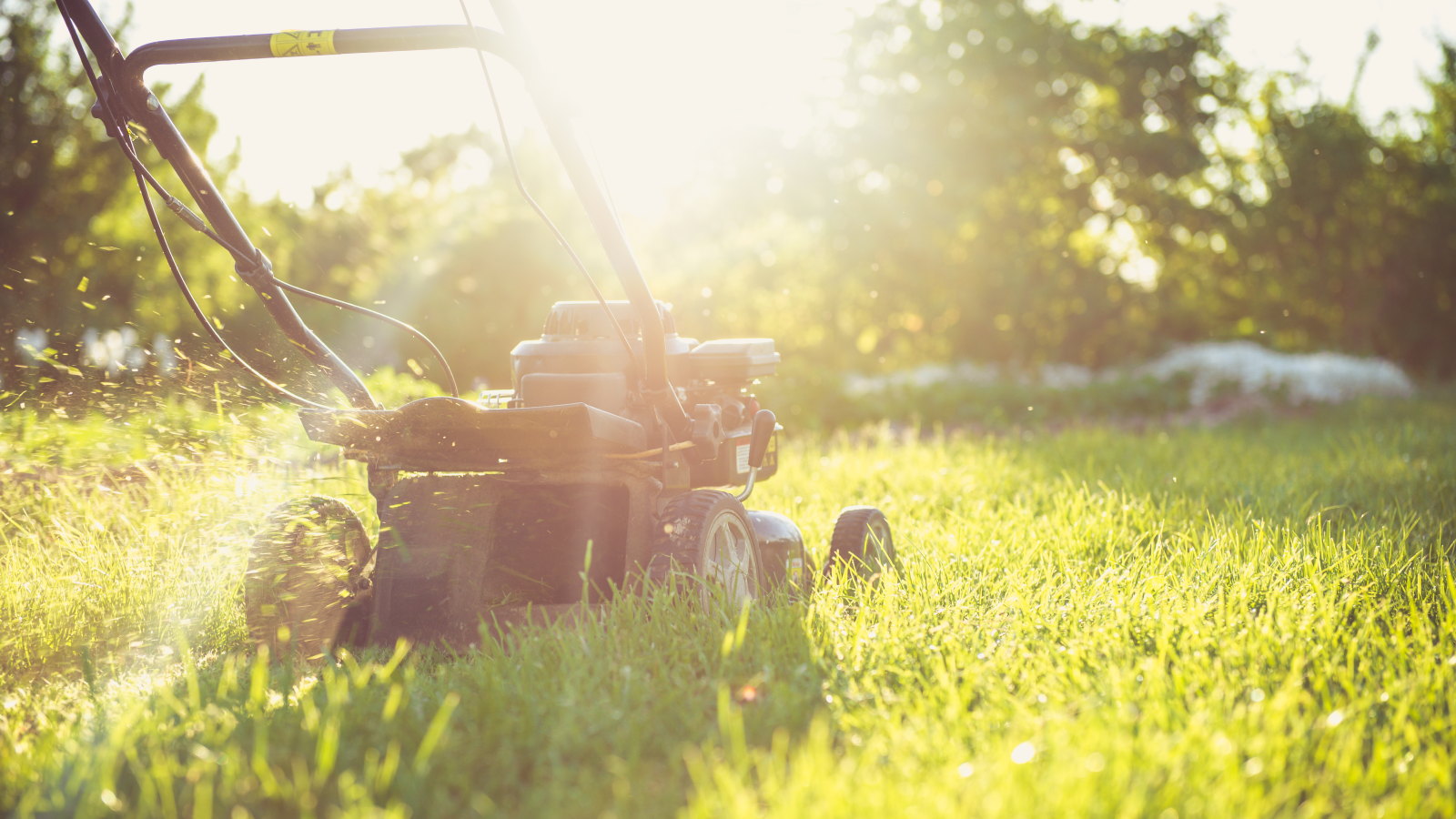

As autumn cools the soil, grass growth naturally slows down. However, giving your lawn one last cut before winter's chill arrives is often a smart move. The challenge is timing this final mow just right so you don't inadvertently damage your lawn's health.
Correctly judging the timing and height of this last seasonal mow is a key part of an effective lawn care regimen. Aim to get this done before the first hard frost of the year hits your lawn. Keeping an eye on the falling temperatures is crucial for this.
If a final mow is on your fall gardening checklist, remember to adjust the cutting height. Leaving the grass slightly longer provides a layer of insulation. This extra length helps to protect the grass roots from the deep winter cold and encourages the lawn to emerge healthy again next spring.
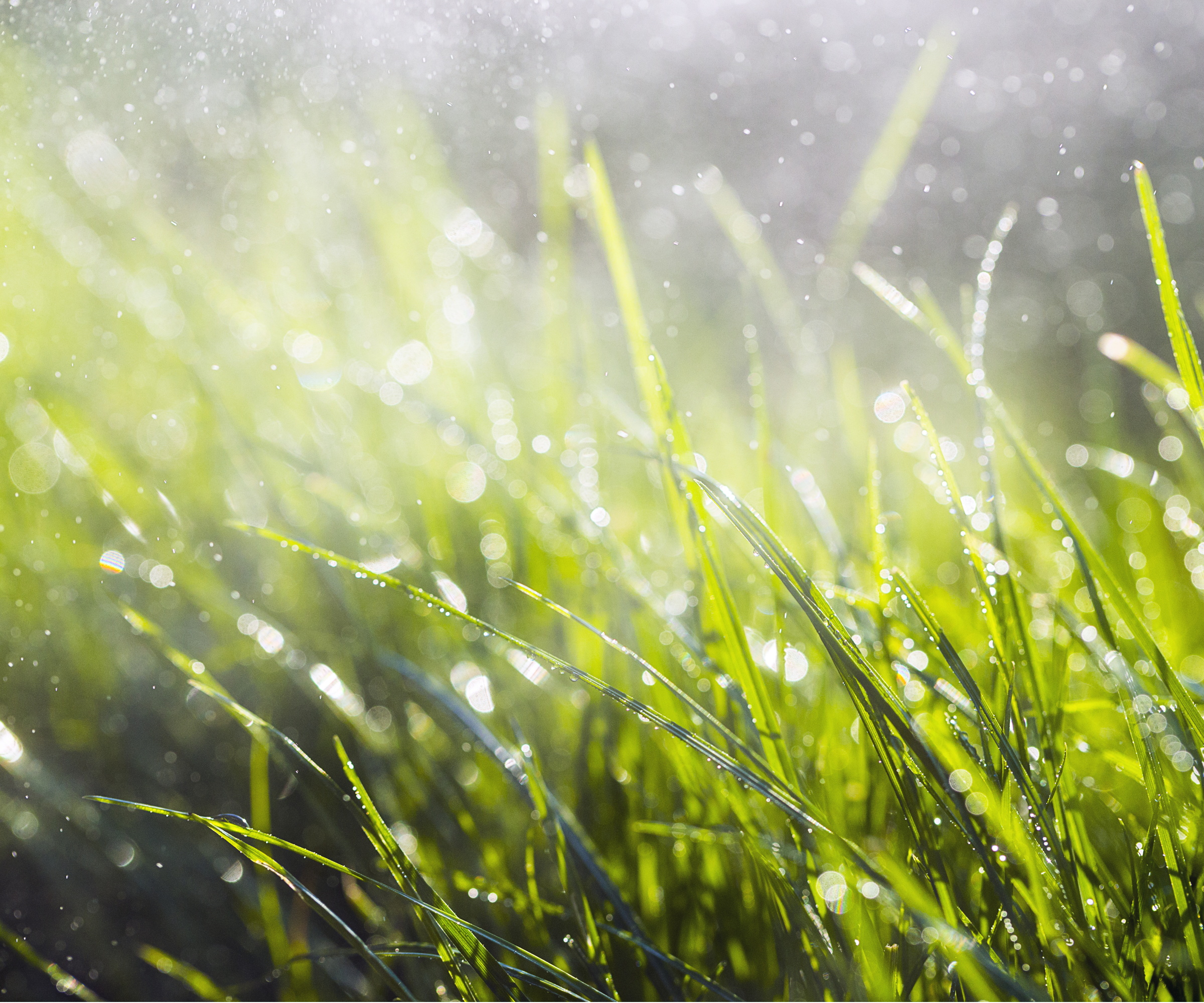
The right time for that final mow before winter
The exact timing for any final mowing before winter will depend on your location and US hardiness zone, which will directly influence when the grass enters its dormancy.
We hear from some experts about the signs to look out for and get some tips for the final lawn cutting before winter.
The seasonal signals for your final mow
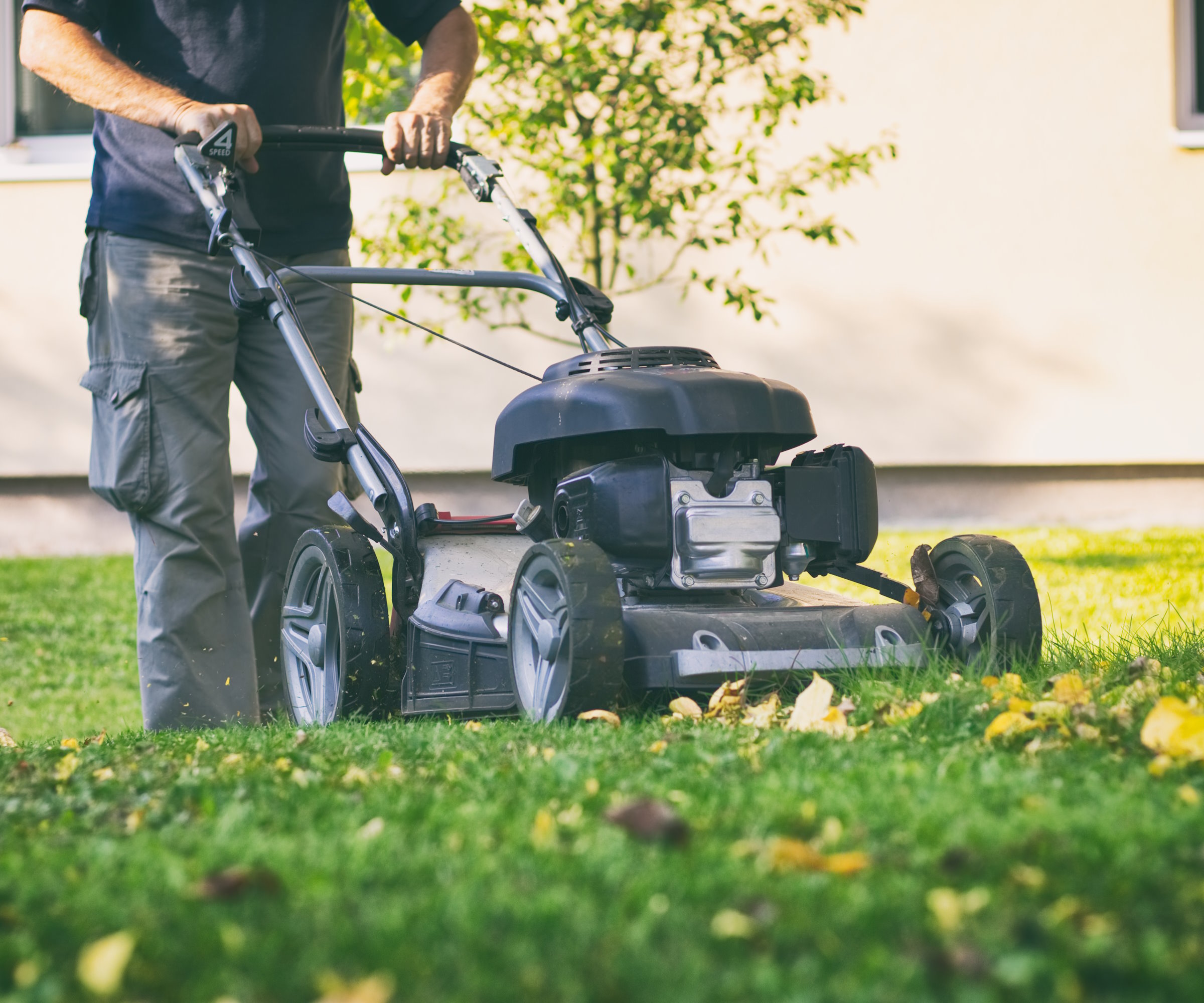
Most grass species naturally prepare for winter by entering a state of dormancy once temperatures consistently fall below 50°F. This cooling trend provides the clearest seasonal reference for your final mowing date.
Warm-season grasses begin to slow their growth when temperatures are in the 60s, whereas cool-season grasses start their slow-down once temperatures reach the 50s.
Design expertise in your inbox – from inspiring decorating ideas and beautiful celebrity homes to practical gardening advice and shopping round-ups.
Jeremy Yamaguchi, previously CEO of Lawn Love, suggests a proactive approach: monitoring your local weather forecasts and planning a final mow right as the mercury looks set to dip below 50°F.
He notes: ‘Once temperatures are below this mark, most species of grass naturally go dormant and thus no longer need to be mowed. In areas like the Midwest where winter comes earliest, this usually happens in around early-mid October, and in other areas like the Southwest, this can be as late as late November or early December.’
Sarah Jameson, the founder and owner of Lawn Chick, agrees that dropping temperatures and slowing growth is ‘nature's way of signalling the lawn's preparation for dormancy’ and a definite sign that it's time for the final cut before winter arrives.
She points to another critical seasonal reference: the forecast of the first hard frost. ‘Another clear sign is the forecast of the first hard frost,' she explains. ‘While it’s normal to see frost on your lawn with regularity during those chilly fall mornings, the first hard frost is different.
'The final mow should ideally be done just before the first hard frost. This ensures that your grass remains resilient throughout winter. On my lawn, I do my final mow as part of my leaf clean up, typically in November.’
Essentially, watch the forecasts: when the grass is slowing down and the first hard frost is imminent, that's your cue to put the mower away until spring.

Sarah Jameson is the founder and owner of LawnChick.com, a trusted lawn care blog that educates millions of homeowners each year to help them achieve the greenest, healthiest lawn. Sarah’s blog is read by over 2 million homeowners each year and she is regularly cited as an expert source of lawn care knowledge by major publications.
Final fall lawncare for healthy spring grass
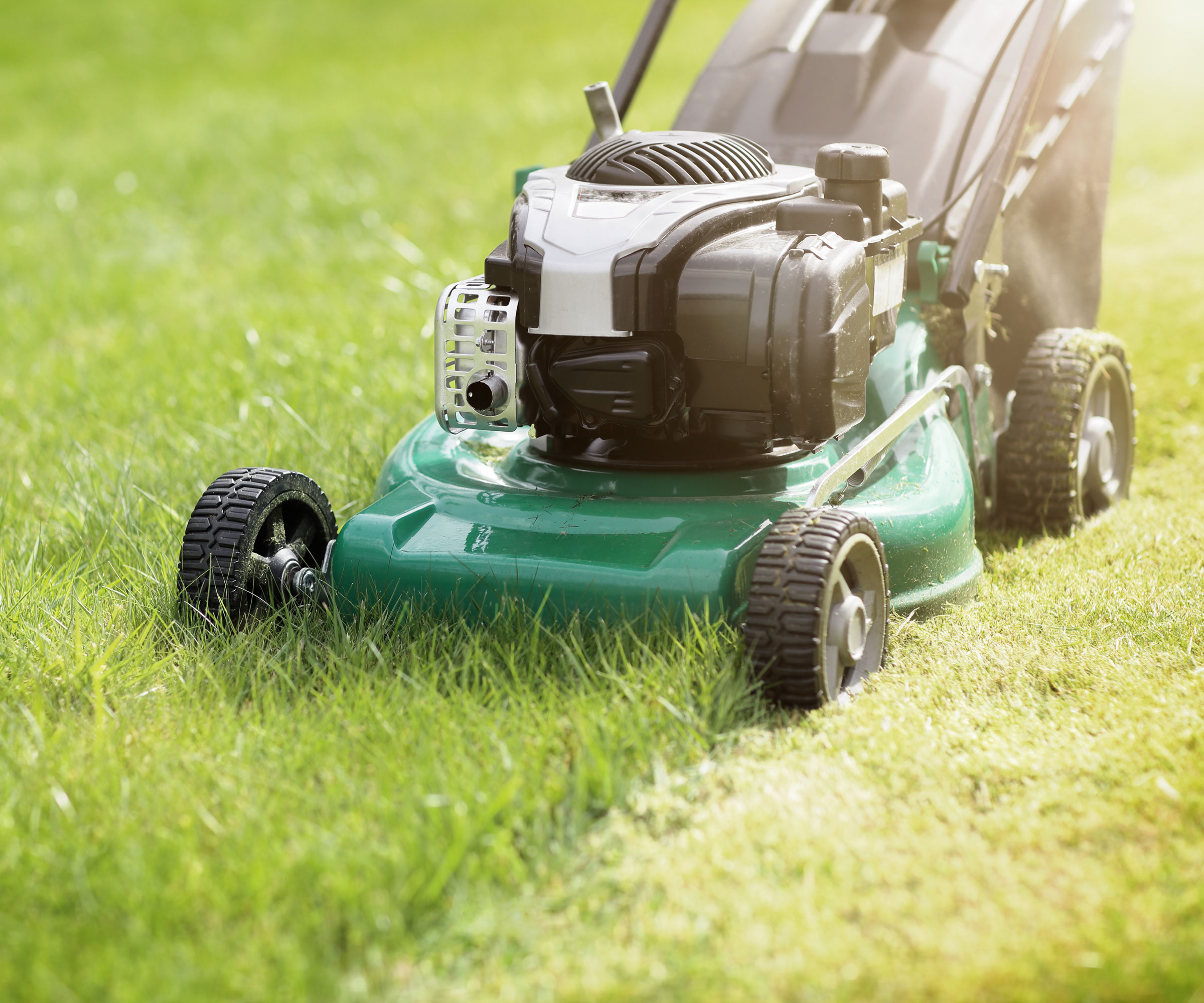
The transition from fall to winter is a critical period for lawns, according to Sarah Jameson, who states that work undertaken at this time ‘can impact how healthily a lawn starts growing again in the spring.’ Your approach to fall lawn care, particularly how you handle the last cuts of the year, can have a long-term impact on the health of your grass.
Adjusting the cut
One of the most important things to avoid is cutting the lawn too short for winter. Sarah advises, ‘maintaining a height of about 2.5 to 3 inches is optimal for most lawns.’
By raising the height of your mower for the final few cuts of the season, you allow longer grass blades to provide some extra insulation over the cold winter months. Most new lawn mowers will have adjustable height options built in, such as this Soyus mower available on Amazon, with five different height settings.
The mulching advantage
Using a mulching mower, such as this cordless Litheli model available on Amazon, can also be beneficial. It chops up grass clippings and fallen leaves into fine pieces, which decompose and provide valuable nutrients to the lawn.
However, leaving a thick mat of whole leaves on the grass throughout winter is a common lawn care mistake, as they can smother and kill the lawn underneath them. Be sure to remove leaves regularly and take advantage of them by adding them to your compost or using them to mulch the garden. This is a great way to recycle your autumn harvest of foliage.
Keep it dry
Finally, only mow when the grass is dry. This can be trickier to manage during the increasingly dewy and damp fall months, but it will ultimately benefit the lawn. Mowing wet grass causes the cut to be uneven and often clogs up your mower. This can damage your machine or leave clumps of wet grass dumped haphazardly around your lawn, which is not ideal heading into the slower-growth season
FAQs
Should I leave grass clippings on my lawn in the winter?
Leaving short grass clippings on the lawn can provide nutrients to the grass over winter. It is best to use a mulching lawn mower, or a mulching plug in your lawn mower, to chop up the grass clippings into small pieces that can settle between the grass blades and nourish the soil as they break down during the colder months.
Completing that last mow of the season is a powerful step in combatting snow mold, a fungal problem that can affect residential lawns during winter. This troublesome lawn disease thrives on dampness and a lack of air circulation, typically occurring underneath fallen leaves or blankets of snow that persist through the colder months.
By reducing the length of the grass before winter sets in, you actively minimize the moisture that can get trapped at the base of the blades. This, along with dethatching a lawn (removing the layer of dead material between the grass and soil), significantly helps to curb the conditions that allow the fungus to flourish.
When the snow finally melts in late winter or early spring, snow mold often becomes visible as strand-like mold that can look like spider webs spread across the turf. Fortunately, good fall lawn care can actively prevent this issue, ensuring your lawn stays healthy beneath its wintry blanket until the growing season returns.

Drew has worked as a writer since 2008 and was also a professional gardener for many years. As a trained horticulturist, he worked in prestigious historic gardens, including Hanbury Hall and the world-famous Hidcote Manor Garden. He also spent time as a specialist kitchen gardener at Soho Farmhouse and Netherby Hall, where he grew vegetables, fruit, herbs, and cut flowers for restaurants. Drew has written for numerous print and online publications and is an allotment holder and garden blogger. He is shortlisted for the Digital Gardening Writer of the Year at the 2025 Garden Media Guild Awards.
You must confirm your public display name before commenting
Please logout and then login again, you will then be prompted to enter your display name.
